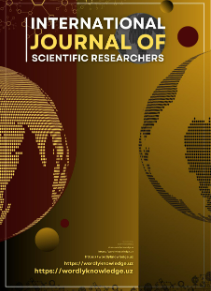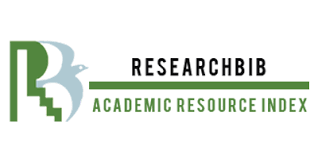THEORETICAL FOUNDATIONS OF LEARNING ADVERTISING TEXTS
Keywords:
Advertising, Copywriting, Persuasion, Text Linguistics, Digital Marketing, Consumer Engagement, PragmaticsAbstract
Advertising texts serve as a crucial medium for promoting products and services, influencing consumer behavior through strategic linguistic techniques. This study explores the theoretical foundations of advertising texts by examining their structure, function, and evolution in the digital age. Using principles from text linguistics, rhetoric, and consumer behavior theory, we investigate how advertising language is crafted to persuade and engage audiences. The results reveal the essential role of simplicity, creativity, and persuasion in advertising language, along with the increasing impact of digital platforms. We also discuss the implications of these findings for advertisers and copywriters in the evolving landscape of digital advertising.
References
1.Abdur, E., & Askarova, M. (1980). Contemporary Uzbek Literary Language: Syntax.
2.Bartning, R. (Year). Text Creation and Perception.
3.Foster, M. (2001). Advertising and Persuasion: Linguistic Approaches.
4.Leech, G. (1972). English in Advertising: A Linguistic Study of Advertising in Great Britain.
5.Sugarman, J. (1932). Scientific Advertising Methods.
6.Sugarman, J. (2011). The Adweek Copywriting Handbook.
7.Matveyeva, T.V. (Year). Oral and Written Texts: Monologic and Dialogic Forms.
8.Myers, G. (1997). Words in Ads: Language, Creativity, and the Marketplace.







